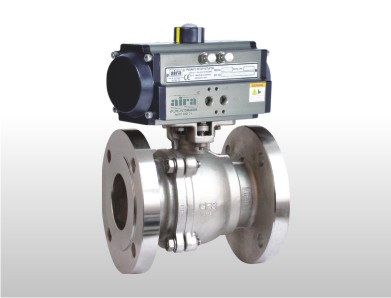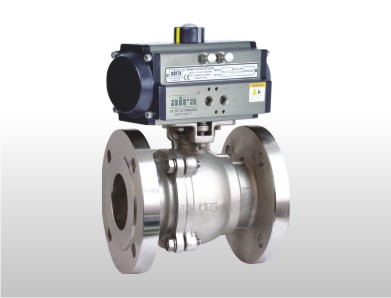Ball Valve Failures & Flow Direction

As the title suggests, here we are going to uncover very important general information about the most popular industrial Ball Valve. We welcome our new readers and for them and those who are not aware of the ball valve, here we take a look and understand it in brief.
What is Ball Valve in Pipeline?
A Ball Valve is the mechanism of a hollow ball, stem, and valve body. It fits in the middle of the pipeline, to control the flow of fluid as per requirement. When the hollow ball is parallel to the flow, it allows the fluid to pass. The hollow ball plays the role of a barrier when it is perpendicular. To operate the ball valve, the inside hollow ball is connected to the outer stem, and the stem is connected to either a manual hand lever or an actuator. Hence this ball valve just needs a quarter turn to take action. Due to this, the ball valve is also known as the group member of quarter-turn valves. Apart from the ball valve, the plug valve and butterfly valve are quarter-turn valves.
How do Ball Valves Fail?
In many cases, ball valve issues are caused by people installing incorrect parts with the valve or installing the valve incorrectly. A buildup of dirt and sediment within the ball valve is one of the most common causes of ball valve failure. Solvent cement glue can also block up the ball, causing it to stick to the inside of the valve, preventing it from turning. Ball valve seats that are too tight build up a lot of heat against the ball through friction, which wears the valve out more rapidly. If the seat is crushed, grind and scrape it back to full strength and make sure the bolts fastening the seat are tight enough.

Ball Valve
Does a Ball Valve Reduce Flow?
The ball valves are designed to control flow. The ball valves do not have any relevance with pressure-controlling characteristics. High-pressure ball valves are available in the market to control the high-pressure flow, but these do not impact flow pressure. There are also reduced bore ball valves and V port ball valves also do not affect the flow. However, all kinds of ball valves can be used for throttling by partially opening them. So the ball valve does not impact flow on its own but the operator can use it to reduce flow.
Does a Ball Valve Have a Flow Direction?
Some Ball Valves have flow direction and some do not. Let’s be clear, the ball valves are double seated and are bidirectional. The rest of them, meaning the single-seated ball valves, are unidirectional ball valves. The unidirectional ball valves are designed to allow liquid to flow in only one direction. Generally, an arrow is marked to show the flow direction at the outer body of this type of valve. The most common types of unidirectional ball valves are C ball valves, V port ball valves, and orbit ball valves.
How to get Ball Valve in Jordan?
The Ball Valve is one of the most common industrial valves. There are many industrial valve suppliers in Jordan but you have to select one of them wisely among them. Aira Euro Automation is a leading ball valve manufacturer in Jordan. Aira offers a wide range of industrial valves like ball valves, butterfly valves, control valves, plug valves, safety valves, and more. Share this blog with your circle and spread the knowledge.


